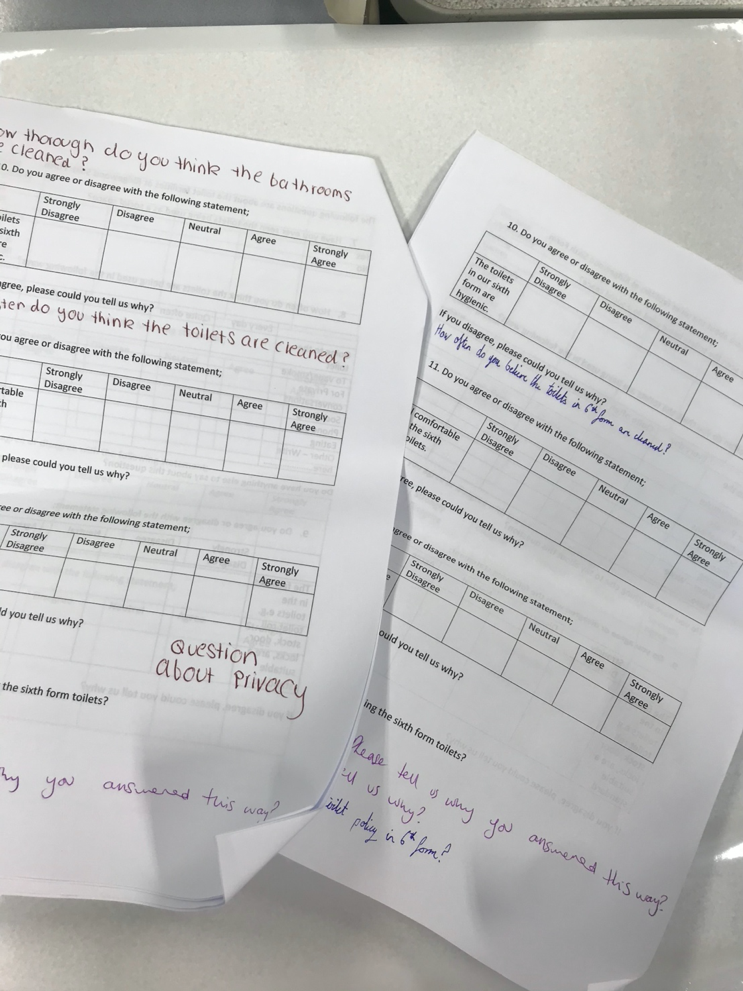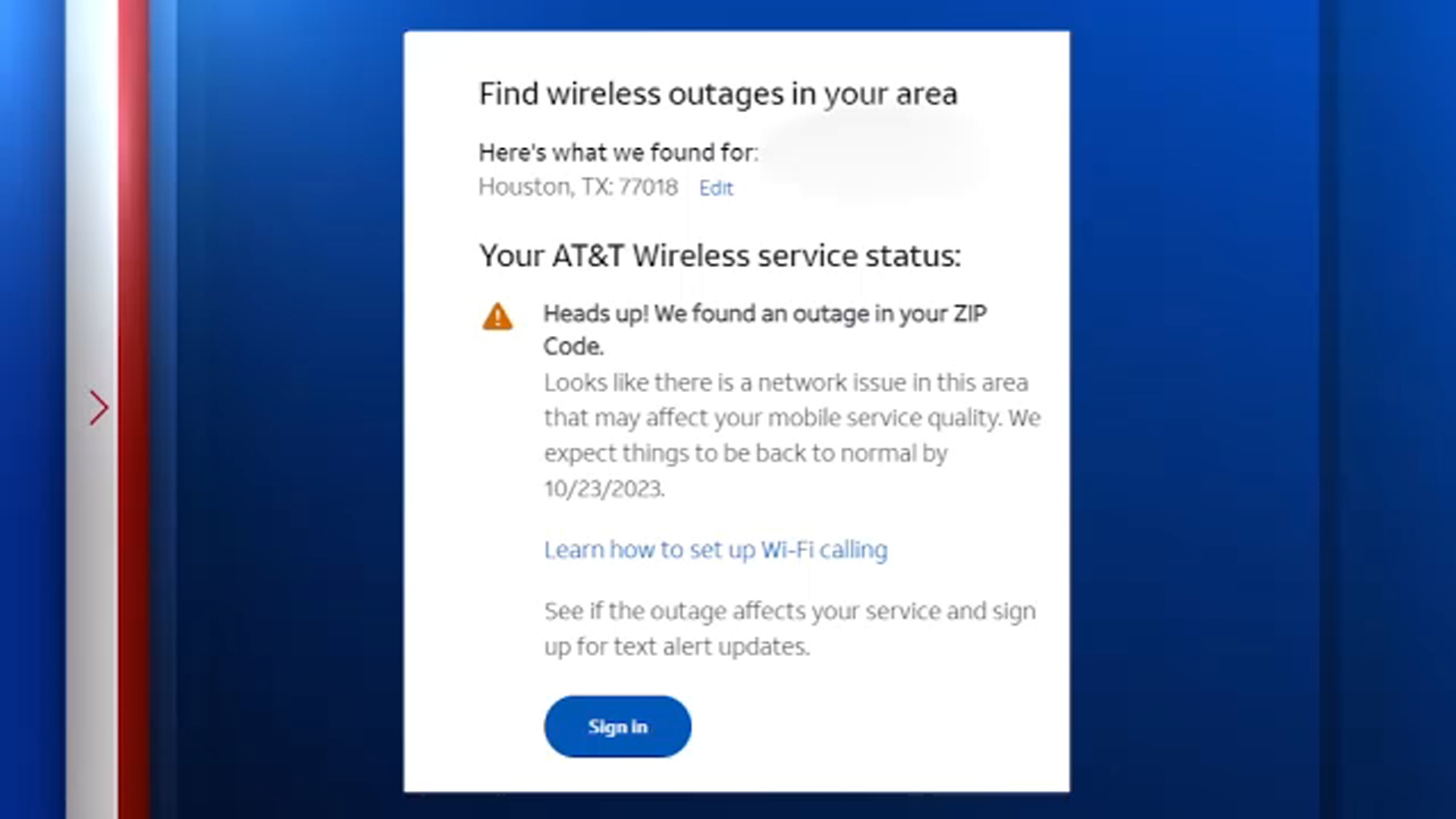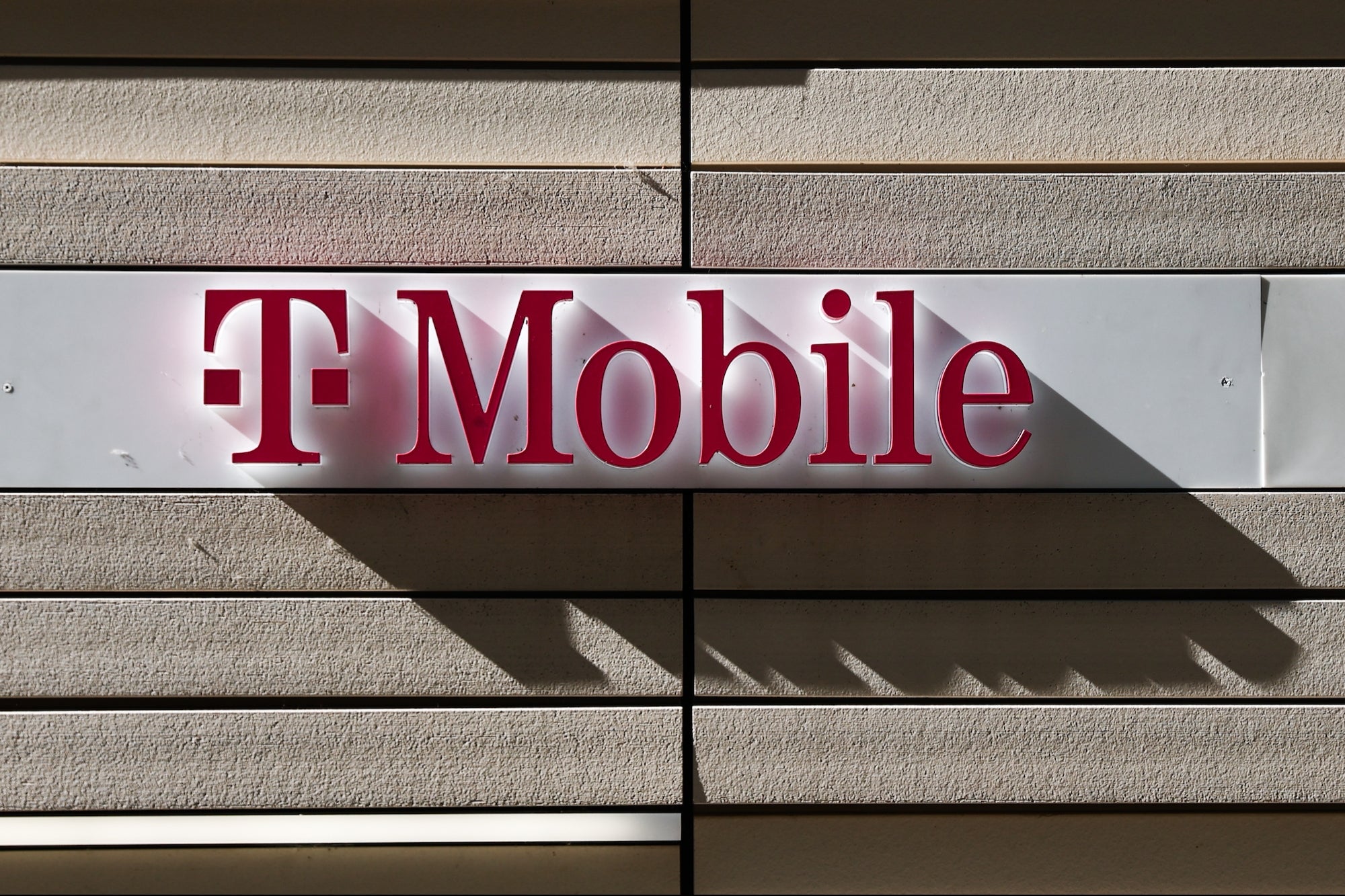Navigating Metropolis Japan: A Traveler's Handbook

Table of Contents
Understanding Japanese Transportation Systems
Japan boasts one of the world's most efficient and extensive public transportation networks. Mastering this system is key to successfully navigating its major cities.
Mastering the Public Transportation Network
Japan's trains are renowned for their punctuality, cleanliness, and reach. The Shinkansen (bullet train) connects major cities at high speed, while JR lines and extensive subway systems cover even the most localized areas. Understanding these different systems is crucial for efficient travel.
-
Train Passes: Consider purchasing a Japan Rail Pass if you plan on extensive Shinkansen travel. For city-based travel, Suica and Pasmo cards offer contactless payment and seamless transfers between lines.
-
Navigating Schedules and Stations: Websites like Hyperdia () provide comprehensive train schedules and route planning. Station maps are generally well-designed, but familiarize yourself with the layout before your trip.
-
Buying Tickets: Tickets can be purchased at vending machines (often with English options), ticket counters, or via mobile apps.
-
How to Buy Tickets: Use ticket vending machines, counters, or mobile ticketing apps.
-
Understanding Different Train Lines: JR lines are nationwide, while private lines often operate within specific cities. Subways are usually city-specific.
-
Navigating Station Maps: Look for color-coded lines and platform numbers.
Utilizing Taxis and Ride-Sharing Services
While public transport is highly efficient, taxis are a convenient option for late-night travel or reaching areas with limited train access. Ride-sharing apps are less prevalent in Japan compared to other countries, but some options exist in larger cities.
- Cost Comparison: Taxis are generally more expensive than public transport. Metered fares are standard.
- Tips for Hailing a Cab: Look for designated taxi stands or simply raise your hand on the street.
- Using Ride-Sharing Apps in Japan: Research the availability of services like Uber or local alternatives in your chosen city. Note that language barriers might necessitate some planning ahead.
Navigating Japanese Cities on Foot
Exploring Japanese cities on foot offers unique insights into the culture and atmosphere. However, understanding the local systems and nuances is important.
Decoding Street Signs and Addresses
Japanese addresses differ from the Western system. They're often based on block numbers and building numbers rather than street names as we know them.
-
Understanding Japanese Addresses: Familiarize yourself with the address format. Using a translation app can be helpful.
-
Using Translation Apps Effectively: Download a reliable translation app with offline functionality for reading signs and addresses. Google Translate and other similar apps are very useful.
-
Reading Street Names: Street names are often written in both romaji (romanized Japanese) and kanji (Chinese characters).
-
Understanding Japanese Addresses: Addresses are typically structured by prefecture, city, ward, block number, and building number.
-
Using Translation Apps Effectively: Take a picture of the sign for a quicker translation, especially for kanji.
-
Reading Street Names: Pay attention to both the romanized and kanji versions of street names.
Exploring Different Neighborhoods
Each neighborhood offers a unique experience. Shinjuku's skyscrapers contrast sharply with Shibuya's trendy streets, while Gion in Kyoto offers a glimpse into traditional Japan.
-
Recommended Walking Routes: Research walking routes that showcase the highlights of each area. Many tourist information centers offer walking maps.
-
Neighborhood Highlights: Explore specific attractions, local shops, and eateries in each neighborhood.
-
Safety Tips for Pedestrians: Be aware of your surroundings, especially at night. Stick to well-lit areas and avoid walking alone in secluded streets.
-
Recommended Walking Routes: Use online resources and guidebooks to find well-reviewed walking trails.
-
Neighborhood Highlights: Explore local markets, temples, shrines, and parks.
-
Safety Tips for Pedestrians: Stay aware of your belongings, especially in crowded areas.
Leveraging Technology for Seamless Navigation
Technology plays a vital role in navigating Japan's cities. Utilize available tools to maximize your experience.
Utilizing Navigation Apps
Several navigation apps are optimized for Japan.
-
Best Navigation Apps: Google Maps, Hyperdia, and other Japan-specific apps provide detailed maps, public transportation schedules, and route planning.
-
Offline Map Usage: Download offline maps before your trip to avoid data charges when exploring less connected areas.
-
Data Plan Options: Consider purchasing a local SIM card or a data roaming package for convenient internet access.
-
Best Navigation Apps: Consider apps that offer multi-lingual support.
-
Offline Map Usage: Ensure you have downloaded detailed maps of the areas you plan to visit.
-
Data Plan Options: A local SIM card is often more cost-effective than international roaming.
Mastering Translation Apps and Phrasebooks
While many Japanese are comfortable with English, having translation tools at your disposal is invaluable.
-
Essential Japanese Phrases: Learn basic greetings and phrases like "excuse me," "thank you," and "where is...?"
-
Using Translation Apps Effectively: Use translation apps for quick translations of signs, menus, and conversations. Be aware that translations may not always be perfectly accurate.
-
Essential Japanese Phrases: Learn a few key phrases to enhance your interactions with locals.
-
Using Translation Apps Effectively: Use image-based translation for signs and menus for greater accuracy.
Conclusion: Mastering the Art of Navigating Metropolis Japan
Successfully navigating Metropolis Japan involves a combination of understanding its efficient public transport system, utilizing helpful technology, and embracing the unique aspects of its culture. Planning ahead, utilizing the tips provided in this handbook, and being open to the unexpected will guarantee a smoother and more enjoyable travel experience. Now, armed with this knowledge, confidently embark on your journey of Navigating Metropolis Japan! Share your experiences and tips in the comments below!

Featured Posts
-
 Krijgt De Nederlandse Defensie Industrie De Broodnodige Impuls
May 18, 2025
Krijgt De Nederlandse Defensie Industrie De Broodnodige Impuls
May 18, 2025 -
 Turning Toilet Talk Into Talk Radio An Ai Powered Podcast Revolution
May 18, 2025
Turning Toilet Talk Into Talk Radio An Ai Powered Podcast Revolution
May 18, 2025 -
 Reddit Down A Comprehensive Report On The Recent Outage
May 18, 2025
Reddit Down A Comprehensive Report On The Recent Outage
May 18, 2025 -
 Bilbao Bbk Live 2025 Damiano David Sparks And Kaytranada Added To The Bill
May 18, 2025
Bilbao Bbk Live 2025 Damiano David Sparks And Kaytranada Added To The Bill
May 18, 2025 -
 Metropolis Japan Unveiling The Urban Landscape
May 18, 2025
Metropolis Japan Unveiling The Urban Landscape
May 18, 2025
Latest Posts
-
 T Mobile Fined 16 Million For Repeated Data Breaches Over Three Years
May 18, 2025
T Mobile Fined 16 Million For Repeated Data Breaches Over Three Years
May 18, 2025 -
 Students Ai Paper Mits Official Response And Repercussions
May 18, 2025
Students Ai Paper Mits Official Response And Repercussions
May 18, 2025 -
 Doom The Dark Ages A Balanced Approach To Love And Action
May 18, 2025
Doom The Dark Ages A Balanced Approach To Love And Action
May 18, 2025 -
 The Geopolitical Implications Of Trumps Middle East Tour
May 18, 2025
The Geopolitical Implications Of Trumps Middle East Tour
May 18, 2025 -
 Controversy Mit Withdraws Backing From Students Ai Project
May 18, 2025
Controversy Mit Withdraws Backing From Students Ai Project
May 18, 2025
